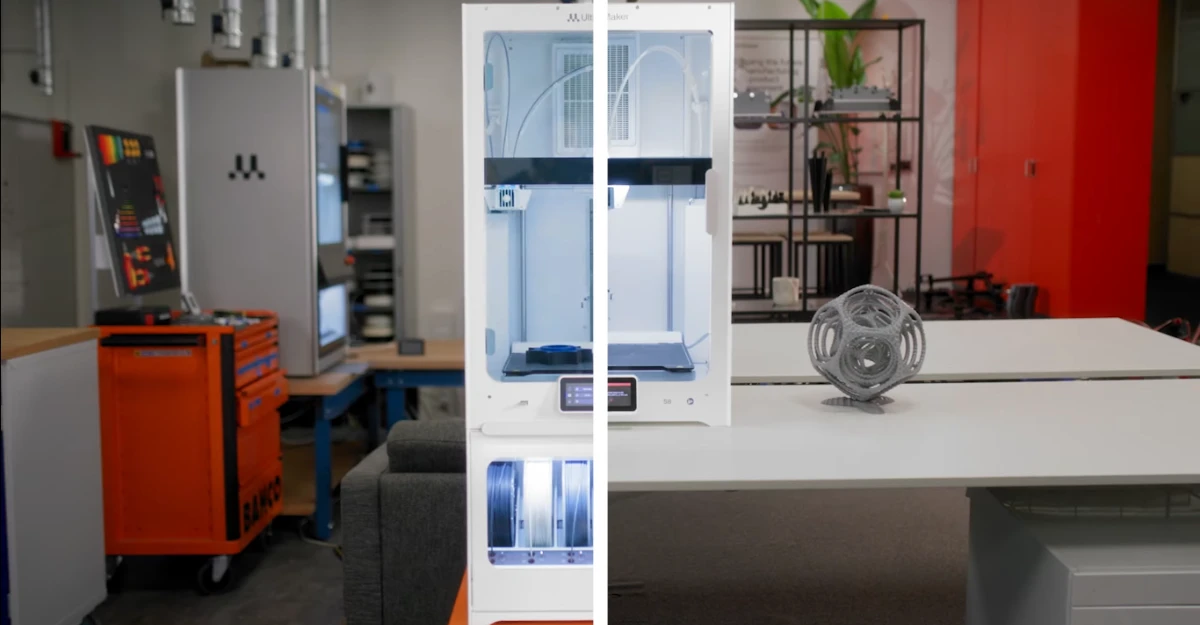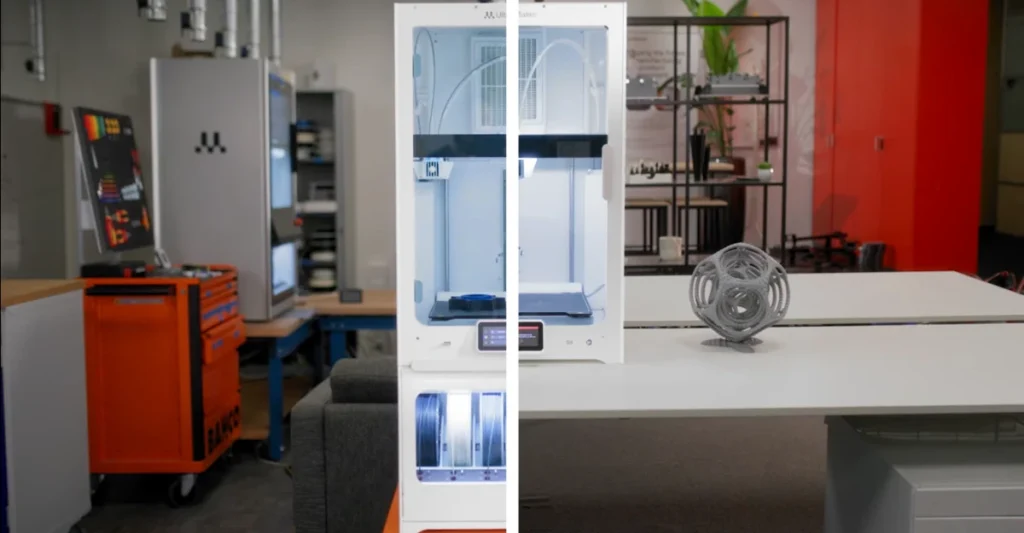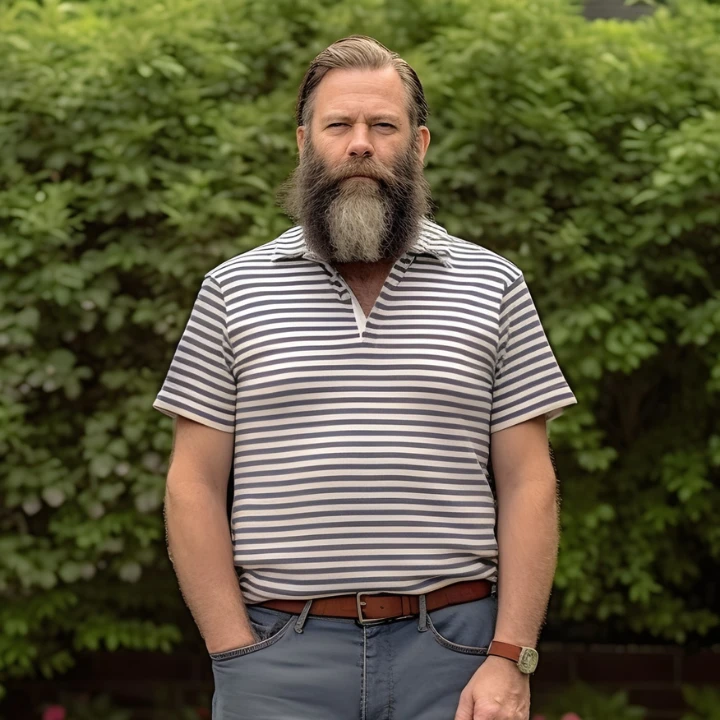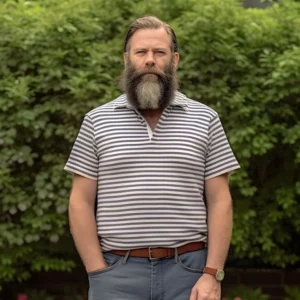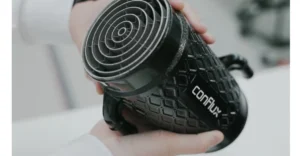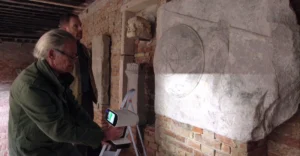UltiMaker’s new S8 brings professional-grade speed and precision to the desktop 3D printing market without compromising quality.
In today’s competitive 3D printing market, speed and precision are driving innovation, and UltiMaker has responded with its fastest printer yet. The company just launched its new S8, a $9,000 flagship machine that matches the impressive 500 mm/s print speed of Bambu Lab’s X1E while offering even greater acceleration capabilities.
The S8 represents a significant leap forward rather than a mere upgrade to previous models. While externally resembling the S7 launched two years ago, UltiMaker product manager Marc Uyttenboogaard explains that the S8 is “a completely different chapter” in the company’s development story.
“It’s a totally new way of calculating motion paths,” says Uyttenboogaard, describing the printer’s innovative “Cheetah motion planner.” This system employs “jerk-limited” planning that caps the maximum change of acceleration for smoother printhead movement. The technology includes “corner blending,” allowing the printer to maintain higher speeds without fully stopping at corners, resulting in smoother motion without sacrificing quality.
UltiMaker has historically focused on productivity rather than raw speed, but the S8 delivers both. The machine offers four times the speed, five times the processing power, and improved part quality compared to previous models. Its accelerations reach up to 50,000 mm/s², surpassing Bambu Lab’s X1 Carbon by 30,000 mm/s².
The improved motion control system eliminates common high-speed printing problems like ringing, blobs, and mechanical stress. “We don’t follow the speed machines of the lower end. We develop our own way of getting there,” Uyttenboogaard notes, acknowledging the competitive pressure from consumer-level manufacturers.
To maximize the benefits of the new motion system, UltiMaker redesigned several key components. A newly developed hardened feeder module features improved gripper wheels similar to those in the company’s Factor 4 printer, capable of handling abrasive materials. The print head maintains UltiMaker’s signature hot-swappable print cores, now designed for high-flow at 35 mm³/s, with the CC+ printcore specifically engineered for carbon-fiber filled materials.
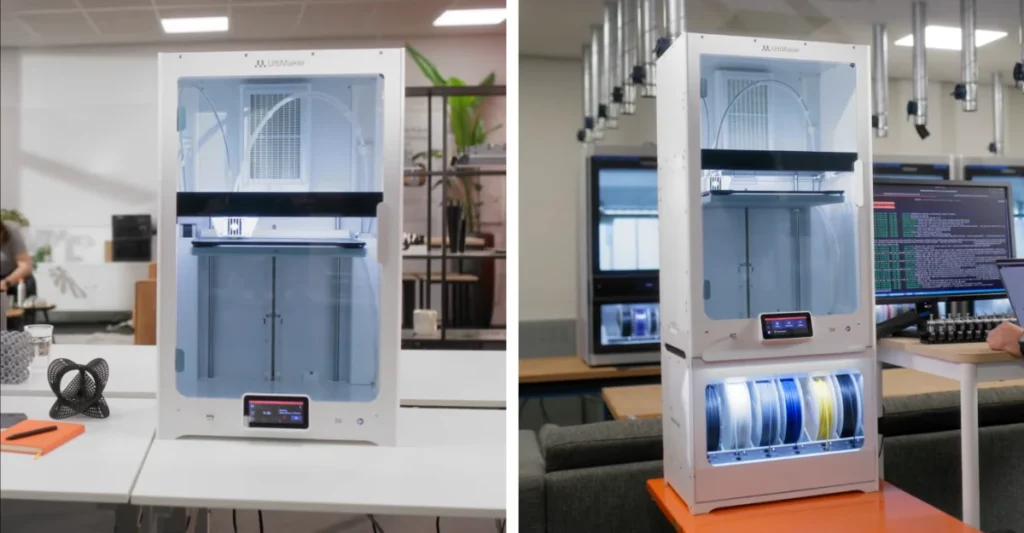
“If we just go faster with the same architecture, as you would expect, there’s a catch: you compromise on quality or dimensional accuracy,” says Uyttenboogaard. The comprehensive package of new features increases speed while actually improving dimensional accuracy to 0.15 mm ± 0.15%, the highest of any UltiMaker printer.
Despite all the internal innovations, the S8 maintains UltiMaker’s recognizable white box design. This decision ensures backwards compatibility with existing accessories like the S7’s six-spool material station. The S8 is compatible with all S7 nozzles, though the increased speed is only available with the new AA+ and CC+ nozzles.
To showcase the machine’s capabilities, UltiMaker is also launching a new material called UltiMaker Nylon CF Slide, a nylon 612 CF copolymer with wear resistance and temperature resistance up to 180°C. The S8 works with 14 UltiMaker branded materials and over 300 third-party materials with profiles available through UltiMaker Marketplace.
True to tradition, the S8 uses 2.85 mm diameter filament rather than the 1.75 mm standard many competitors have adopted. When asked about this choice, Uyttenboogaard explained that switching would break compatibility with existing materials systems, though he didn’t rule out supporting 1.75 mm “in the future.”
The S8 integrates with UltiMaker’s cloud software ecosystem, including the recently expanded Cura Cloud and Digital Factory platforms that enable remote file slicing and print job management. While these cloud features enhance workflow for teams, the printer can operate independently using local wireless or Ethernet connections.
At its $9,000 price point, the S8 targets professional users rather than hobbyists – from small manufacturers and machine shops to automotive prototype facilities needing high-strength, engineering-grade parts. For UltiMaker, the goal remains ensuring “that the print that the end user has matches the original model, every time,” according to Uyttenboogaard.


